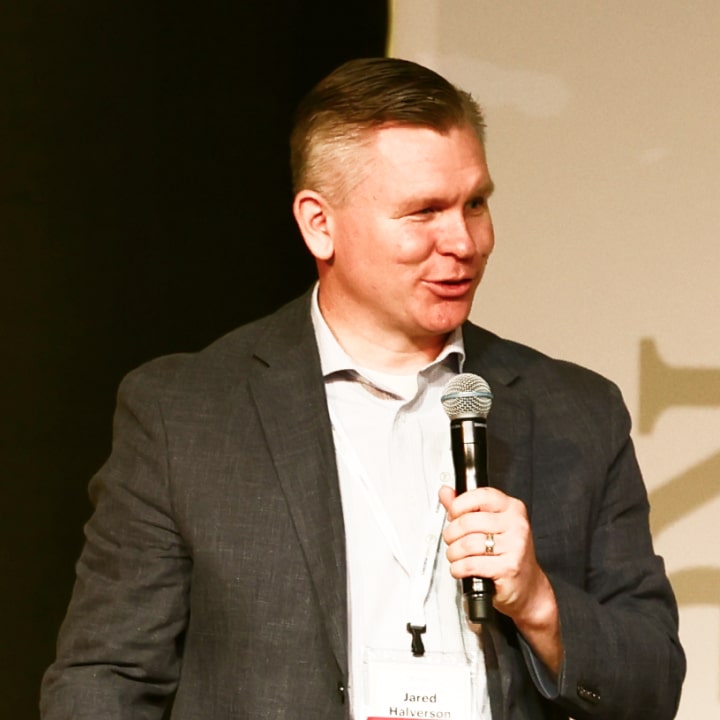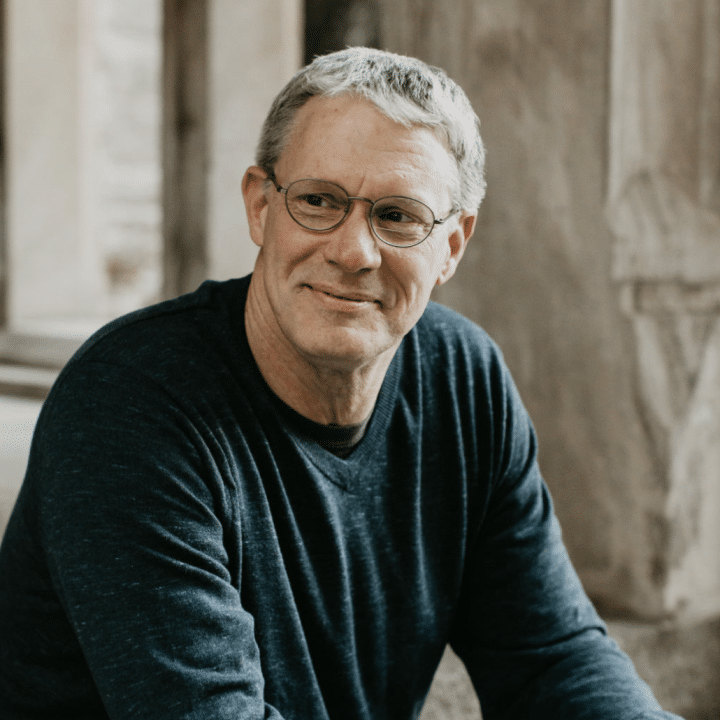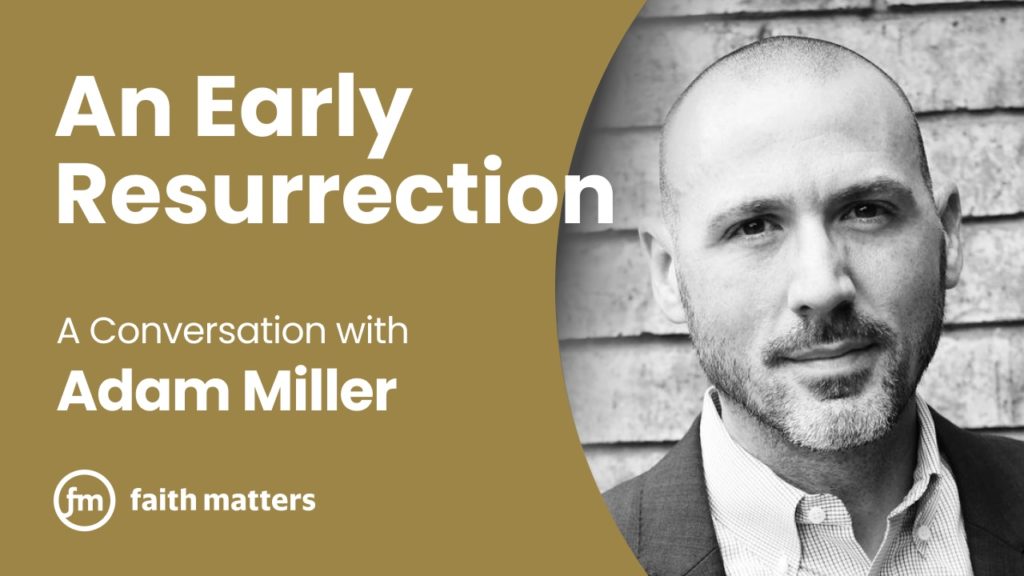This is an interview between Melissa Inouye (who teaches Chinese history at the University of Aukland, New Zealand) and Rachel Cope (who teaches religion at Brigham Young University). Melissa grew up in Costa Mesa, California, served a mission to Taiwan and attended university at Harvard College. Rachel teaches Church history and doctrine at BYU. She received her PhD in American History from Syracuse University.
Melissa:
There are a number of young people who are looking to stay in the church, although they are troubled. What are some of their concerns?
Rachel:
A lot of young Latter-Day Saints seem to be troubled by patriarchy and uncertainty about women’s roles. I find that a number of women fear that there is no space for them to contribute in the Church, and they feel hurt that those feelings are often dismissed by men and women who misunderstand their pain.
It is hurtful to them when people assume that pain or concerns or questions suggest that there is something wrong with the individual, or that his testimony is weak or her faith is lacking, rather than recognizing that we need to be more aware of those around us, more compassionate in how we approach people, and that we need to make greater efforts to consider how to improve the structure of the system so that it becomes a more inclusive space that can foster faith in a variety of ways.
It has been fascinating to witness a growing awareness of these kinds of issues, both in young men and young women in the church. One semester, approximately five years or so ago, I had more male students come into my office concerned about gendered temple language and women’s absence from formal roles at Church than I did female students. They had questions about practices that felt wrong and looked wrong to them. Their growing awareness was extremely encouraging to me.
I think things are changing – young adults certainly are. We often lament generational changes, but I think we also need to appreciate the good that those changes are bringing to the table.
I have observed a lot of positive changes. Indeed, over the past eight and half years that I have been teaching at BYU, I have seen a tremendous difference in the students. In some ways, they seem to be more informed and aware than they were in the past. I have found that historical and doctrinal nuance, complexity, and messiness were more disturbing to students several years ago than they are now. Young adults, overall, seem to be more thoughtful and more willing to grapple with ideas. Many are more spiritually mature.
I think the mission age change (which resulted in more women serving missions), as well as other changes that have given women more space and opportunities to serve and lead, accounts for much of this. Although the young adults I encounter seem to be more aware of problems, they also seem to be more willing to work through them. Many of them, women in particular, have expressed to me that although they have questions and concerns, they do not want to compromise what is spiritually vibrant for them because of structural problems.
Melissa:
Why do you think that’s the case?
Rachel:
In addition to the mission age change, I think students have more female role models now; that makes a tremendous difference. There are more committed, faithful, thoughtful women saying things about history and doctrine and practice than there were before. Women thus have a growing variety of female voices that they can listen to, learn from, and engage with. Having role models gives them a sense of hope and space. It makes them feel like they can belong, contribute, and thrive spiritually, as well.
Melissa:
How do you help these young Latter-day Saints when they come to you feeling troubled?
Rachel:
I think the most important things I can do are listen to them, validate them, and show my support for them.
Just this past week I was talking with a student about issues that bother her—many of them tied to women’s place within the church. I listened to her and told her I had also felt hurt by many of the things she had mentioned. She responded, “Just hearing you say that makes me feel better. If there is space for you, there must be space for me, as well.”
I know that I cannot make concerns and pain disappear. I don’t have answers for many questions that I am asked. I don’t always know the best way to respond to the things students want to discuss.
But when I listen, when I say “I don’t know” when I don’t know, when I don’t try to justify, excuse, explain away, or fix everything; when I am real, when I am a human in desperate need of a Savior who does understand the pain I cannot heal and the emptiness I cannot fill, when I strive to understand, when I can relate, and when I can explain why I stay despite the things that don’t make sense to me or that hurt me, many students feel validated and perhaps even better – even though they likely leave my office without tangible answers or immediate solutions.
I find that they often just need someone to listen, someone who can discuss complicated things in a nuanced way, someone who does not dismiss their concerns or question their faith. Young adults (and everyone) just need a space in which they can talk and can say hard things without feeling like someone’s going to judge them or say that they’re wrong or sinful for feeling a particular way.
I also try to foster a classroom environment based on mutual respect and trust. I strive to create a space where everyone can have a voice, where hard questions can be asked, and where all discussions do not have to end with concrete answers.
Last semester I had two classes that exemplified what it means to be spiritual seekers. Students asked really thoughtful questions. Sometimes those questions required a discussion of difficult issues, and other times they encouraged more nuanced approaches to common gospel topics. They always fostered powerful, heartfelt conversations.
Some of the most difficult questions that were asked totally transformed the classroom environment. It was astounding. Students who usually sat in silence began to contribute. I could see from people’s expressions that they were thinking about things in different ways, and re-thinking their assumptions. Over the course of the semester, the students seemed to have changed because people were listening more to others and considering alternative ways of seeing things, instead of giving stereotypical responses.
I felt like they were seeing each other through Christ-like eyes. They were exemplifying the gospel in action. These experiences convinced me that when the environment is right, when we create a space where people can have honest, open conversations, it changes not just how we talk about things. It changes how we see things. It changes our very natures. It’s conversion.
Melissa:
How might young adults today be different than students from twenty years ago?
Rachel:
I think the most obvious response is that young adults today have greater access to all kinds of information, and that they are, at least in some ways, more connected to, or at least aware of, the world at large (or at least not limited to their own geographic communities). We might assume that having more information means that we have more answers – but I find that it more likely means we have more questions. Because young adults are exposed to so much, questions continue to come up.
In regards to questions about women’s roles in the church, I mentioned earlier that I have noticed that young men as well as young women are often concerned about these things because it looks wrong and feels wrong to them. Many young adults tell me that they can see cultural discrepancies laced throughout claims of equality; they are aware that men are doing the decision-making and leading.
They recognize that what men do seems to have more cultural value than what women do. And when people try to convince them otherwise, it only heightens their concerns. We are encountering a different generation, a generation that does not believe in gendered limitations.
I’ll give you a couple of examples. When my nephew (now seven) was two-years-old, he wanted to play “doctor.” His family doctor is a woman, and, at the time, he loved Doc McStuffins, a Disney Channel show about a six-year-old girl (“doctor”) who cared for stuffed animals in her playhouse clinic. Having been exposed to female doctors, my nephew announced, “Mommy, today I am a girl, because I am a doctor.”
When my sister shared this cute story with me, I was fascinated that a two-year-old boy—who was being raise in Utah County—was seeing through a different lens than people just a generation older than he is. A woman doctor is a norm to him (as is his professor aunt, and his lawyer mother). Women working in male-dominated professions will never be something that he questions or finds unusual.
When I had my next physical, I shared this story with my female doctor. She told me that she had recently been grocery shopping in her scrubs. A little girl in the store saw her and said, “Mommy, it’s a doctor.” Her mother responded with: “No, it’s a nurse.” The little girl repeated her statement, and her mom corrected her two more times. Finally, my doctor leaned over and said to the little girl, “You are right; I am a doctor, sweetheart.” The mom looked stunned, and the child smiled in delight.
These two anecdotes reflect the differences between generations. Children see things differently than their parents and grandparents. What they’re currently being exposed to on TV, at school, on social media, in professional and social contexts makes more space for women. So it doesn’t make sense for them when church, or church culture, does not make that same space. They can see that it’s different and those differences don’t make sense. They believe that women need to be valuable, not just because they take care of the daily needs so men can do important stuff, but because they have ideas, because they have leadership abilities, because they can are intelligent and creative human beings who have much to contribute.
Benevolent sexism rubs young adults wrong. Young women don’t want to be told they are better, sweeter, more charitable, more spiritual, or more faithful than men; this reasoning does not satisfy them and it does not convince them that that this is the reason why they are playing what feels like lesser roles. They want to contribute because they have talents and abilities that prepare them to serve in a variety of roles.
I find that many of the young people who are asking questions are returned missionaries. They are church members who are deeply committed, thoughtful, and intelligent. They want to serve, to help, to make a difference. They’re not looking for a way out. They’re looking for a way to stay in. So giving them people to talk to and a safe space to have these conversations, and helping them find a diverse array of role models, is essential.
Indeed, women and men need female role models. I have recognized that need within myself, recently, after watching “On the Basis of Sex” and “The Notorious RBG.” Seeing both films was an emotional experience for me because I could related to some of the challenges Ruth Bader Ginsburg has faced as a woman working in a male-dominated environment. In fact, many of the comments people made to her in professional contexts are similar to comments people have made to me. As I learned more about her story, I recognized how hungry I am for female role models (and this is coming from someone who studies women’s religious experience! I am immersed in a female world, historically speaking).
It makes sense to me, then, that young adults also need female role models. I know that my students need that. They need a to hear a variety of voices – old and young, male and female, people of color, etc. They need to be exposed to voices that reflect nuance and that teach them how to see the world—and to love God’s children—in a variety of ways. Awareness, I believe, increases our desire and capacity to serve.
Melissa:
What are some actual concrete things that we can do, now, to help address questions that trouble young adults?
Rachel:
This is actually a question my female students ask me on a regular basis. When they do, we talk about advice that I have heard several female scholars give. Many have explained, for example, that they learned early on that they needed to earn the trust of their ecclesiastical leaders. They gained that trust by being good Latter-day Saints. They attended church faithfully, helped put chairs up and down, were the first to volunteer to help with service projects, were committed Visiting Teachers/Ministering Sisters, served faithfully in their callings, etc. These women have suggested that by demonstrating that they were all in, by being good church members, they could ask more questions, and make suggestions that fostered change.
I tell my students that we can also make a difference by teaching lessons, giving talks, making comments in Sunday School, ministering—whatever it is someone is involved in—in ways that incorporate stories, comments, thoughts, and ideas by and about women. We can foster environments that create more space for women, or make more space for all kinds of conversations, and this can help us consider new perspectives. In other words, we can expand the scope of our conversations so that they move beyond traditional comments. Thinking in new ways fosters change. It also fosters charity.
Several years ago, a woman serving in a leadership position in the Seventh Day Adventist Church was visiting BYU campus. As she spoke to a group of faculty members, she mentioned that young people today don’t just want to be told that they’re valued, they need to be valuable.
I immediately thought of the young women I interact with. Some of them feel like they have been figuratively patted on the head; being told how much they are valued, and being assured that they are loved, isn’t enough. That’s not what young women need to hear. They need to be given opportunities to contribute; they need to feel like they are a part of building the kingdom. They need to engage in the work of salvation, as Joseph Smith taught the early Relief Society Members, and as President Nelson has recently reiterated to the women of the Church.
Although the Church has encouraged women to become more engaged, there is often a disconnect between what they hear from general church leaders, and what they experience at church. I have sensed that many young women are confused by this kind of disconnect—by the divide between church and culture. Young adults genuinely want to feel like they’re valuable to God, that he created them for a purpose, and they have something important to offer. Women need to know that God needs women as much as he needs men. It hurts them when culture suggests otherwise.



